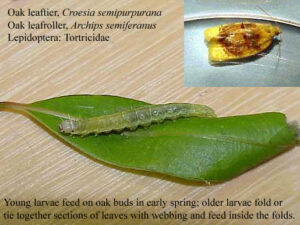Salt Water Intrusion and Trees: What You Need to Know
Salt water intrusion can be a problem for trees, especially those growing near coastal areas or regions with high salinity in the soil and groundwater. Saltwater can negatively affect a tree’s health and vitality. In this article, we’ll explore what saltwater intrusion is, how it impacts trees, and what you can do to help your trees thrive despite these challenges.
What is Saltwater Intrusion?
Saltwater intrusion occurs when salty water, such as seawater, infiltrates freshwater sources like groundwater or soil. This can happen due to rising sea levels, over-pumping of freshwater aquifers, or changes in the landscape. As saltwater moves inland, it can affect the plants and trees in its path.
How Saltwater Affects Trees
Saltwater can be harmful to trees in several ways:
- Root Damage: Excessive salt levels in the soil can damage a tree’s roots, making it difficult for the tree to absorb water and nutrients. This can lead to poor growth and overall decline in the tree’s health.
- Leaf Burn: Saltwater can cause leaves to turn brown and drop prematurely. This is because saltwater draws water out of the leaves faster than the tree can replace it.
- Nutrient Imbalance: High salt levels can interfere with a tree’s ability to take up essential nutrients, leading to nutrient imbalances and deficiencies.
- Soil Compaction: Saltwater can increase soil compaction, reducing aeration and making it harder for roots to grow and access necessary oxygen.
- Reduced Water Uptake: As saltwater replaces freshwater in the soil, it reduces the tree’s access to freshwater, which can lead to drought stress even when there’s plenty of water in the ground.
Mitigating the Impact of Saltwater Intrusion
If your trees are dealing with saltwater intrusion, there are some steps you can take to help them:
- Rinse the Soil: During periods of heavy saltwater exposure, you can gently rinse the soil around your trees with freshwater to leach out excess salt.
- Mulch: Applying a layer of mulch around the base of the tree can help conserve moisture and reduce the effects of saltwater.
- Plant Salt-Tolerant Trees: Consider planting tree species that are more tolerant of saltwater, especially if you live in a coastal region. Species like the black mangrove or the buttonwood are known for their salt tolerance.
- Improve Drainage: Enhance soil drainage to prevent water from pooling around the tree’s roots. Proper drainage can help flush excess salt away from the root zone.
- Regular Pruning and Care: Providing proper care for your trees, such as regular pruning and watering, can help maintain their health and make them more resilient to saltwater stress.
Saltwater intrusion can pose a threat to trees, but with the right precautions and care, you can help your trees thrive even in areas affected by high salinity. By understanding the challenges saltwater presents and taking appropriate measures, you can ensure that your trees remain healthy and resilient.




